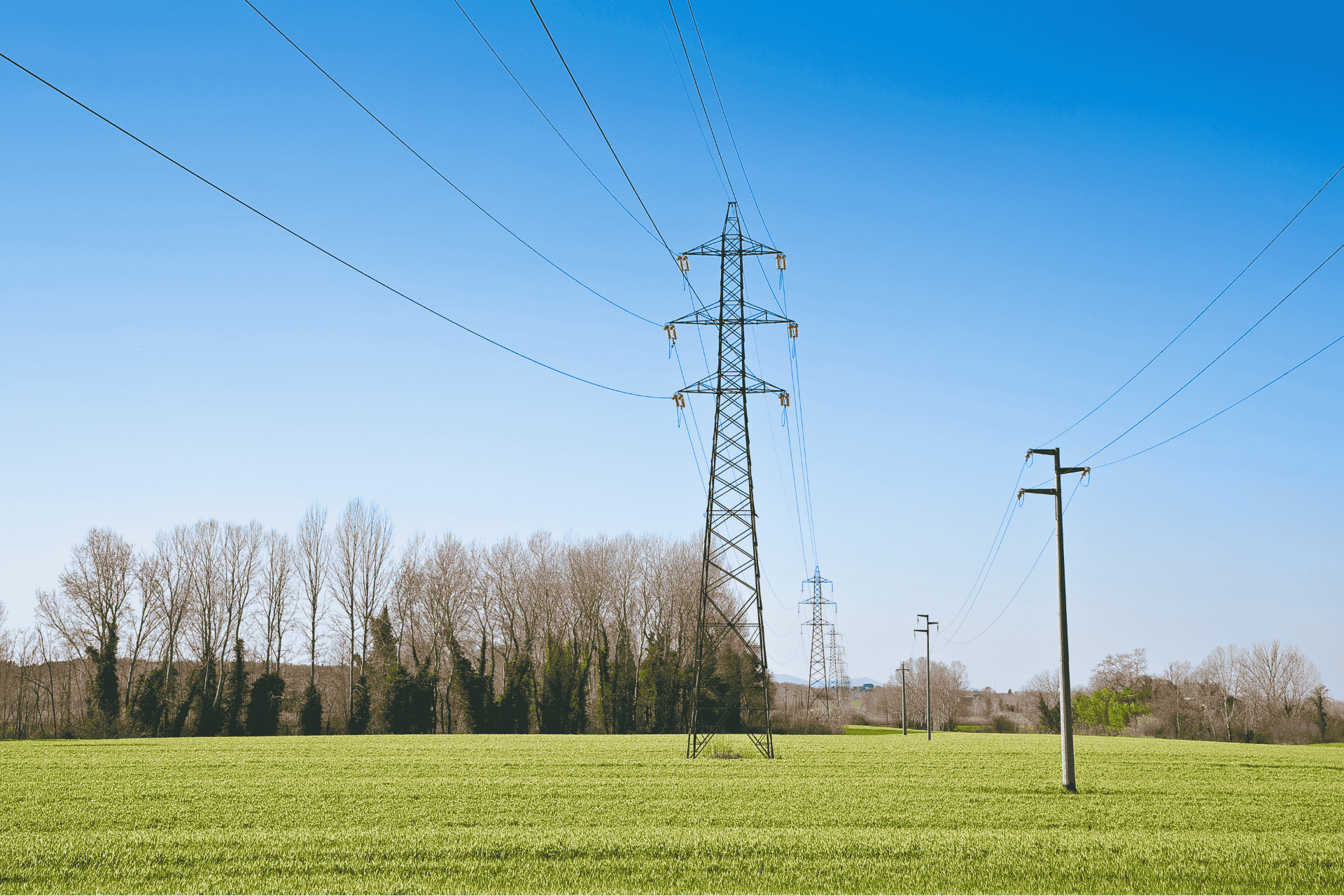2025 draft TNUoS tariffs predict 6% increase against July forecasts, and a significant rise against current tariffs
National Energy System Operator (NESO) published its draft Transmission Network Use of System (TNUoS) tariffs for 2025/26 on 29 November.

NESO reports an average 6% overall increase in Transmission Demand Residual tariffs from the July forecast due to an increase in allowed revenue. This is largely owing to revisions to Onshore Transmission Owner (ONTO) Allowed Revenue, submitted in October 2024, resulting in changes for the UK’s three transmission operators. The trio – National Grid Electricity Transmission (NGET), Scottish Power Transmission (SPT), and Scottish Hydro Electric Transmission (SHET) – are likely to see a combined growth of £248.2m (5.9%) in annual revenue.
However, NESO has incorporated revised site counts and consumption data into its forecast. This has resulted in significant deviations in forecast by customer type.
Standard Low Voltage Site Specific Residual Band 2 (LVSS RB2) customers see an increase of 3% in fixed costs. The movements in forecast range from an 86% increase for an LV no Maximum Import Capacity RB 1 (LVN1) customer to a 10% decrease for an extra high voltage RB4 (EHV4) customer. So, we recommend that customers review the impacts in forecast movements for their sites.
This substantial movement is due to distribution network owners (DNOs) providing NESO a full national consumption data set for the first time. This data is now fixed for the final tariffs as well, and so we do not expect the same level of volatility between the draft and final tariffs.
Both the half-hourly (HH) and non half-hourly (NHH) average tariffs also increased from the previous forecast. NESO reports that the average HH gross tariff forecast rose £1.17/kW from July to £7.81/kW and the average NHH tariff increased 0.07p/kWh to 0.38p/kWh.
However, there are significant fluctuations within regional tariffs through zones 7 to 14. NESO reported an expected 42% rise year-on-year for the Southwest based on April’s forecasts, which shifted to a 50% reduction in the July forecast. This has gained once again, predicting a 17% increase from the 2024 tariff to £9.57kW – the greatest regional change from the July forecasts. In contrast, NESO reports a 15% decrease year-on-year for South Wales to £3.82/kW, compared to expected gains of 56% from the previous forecast. It’s the region with the largest decrease from the July forecast.

Figure 1 shows how changes in locational charges may affect a representative LVHH Residual Band 2 customer’s overall TNUoS charge compared to the previous forecast. This includes gains of up to 8% for annual cost in the Southwestern region.
We attribute the overall increase to the average HH tariff to three factors. Firstly, the changes in regional generational mix have had an impact upon locational tariffs. Secondly, there’s been a £0.02/MWkm increase in the forecast Expansion Constant (EC) since July. Thirdly, the embedded export tariff (EET) has increased by around £4m since July to £24.27m, which will be recovered through demand tariffs.
Adding both the residual fixed charge and the HH tariff for our representative LVHH Residual Band 2 customer, the forecast tariff ranges between £2624.20/year to £2846.89/year. This compares to £2,548/year and £2,714/year from the July forecast. This representative customer will see an approximate increase of 3% for their total annual TNUoS charge from July’s forecast. They’ll also see a 35% increase from the 2024/25 final tariff based on the average across regions (shown in Figure 2).

NESO will publish final tariffs for the 2025/26 charging year in January 2025.



